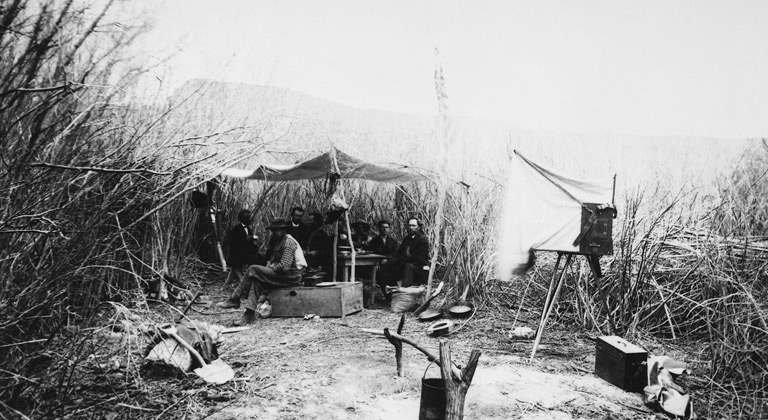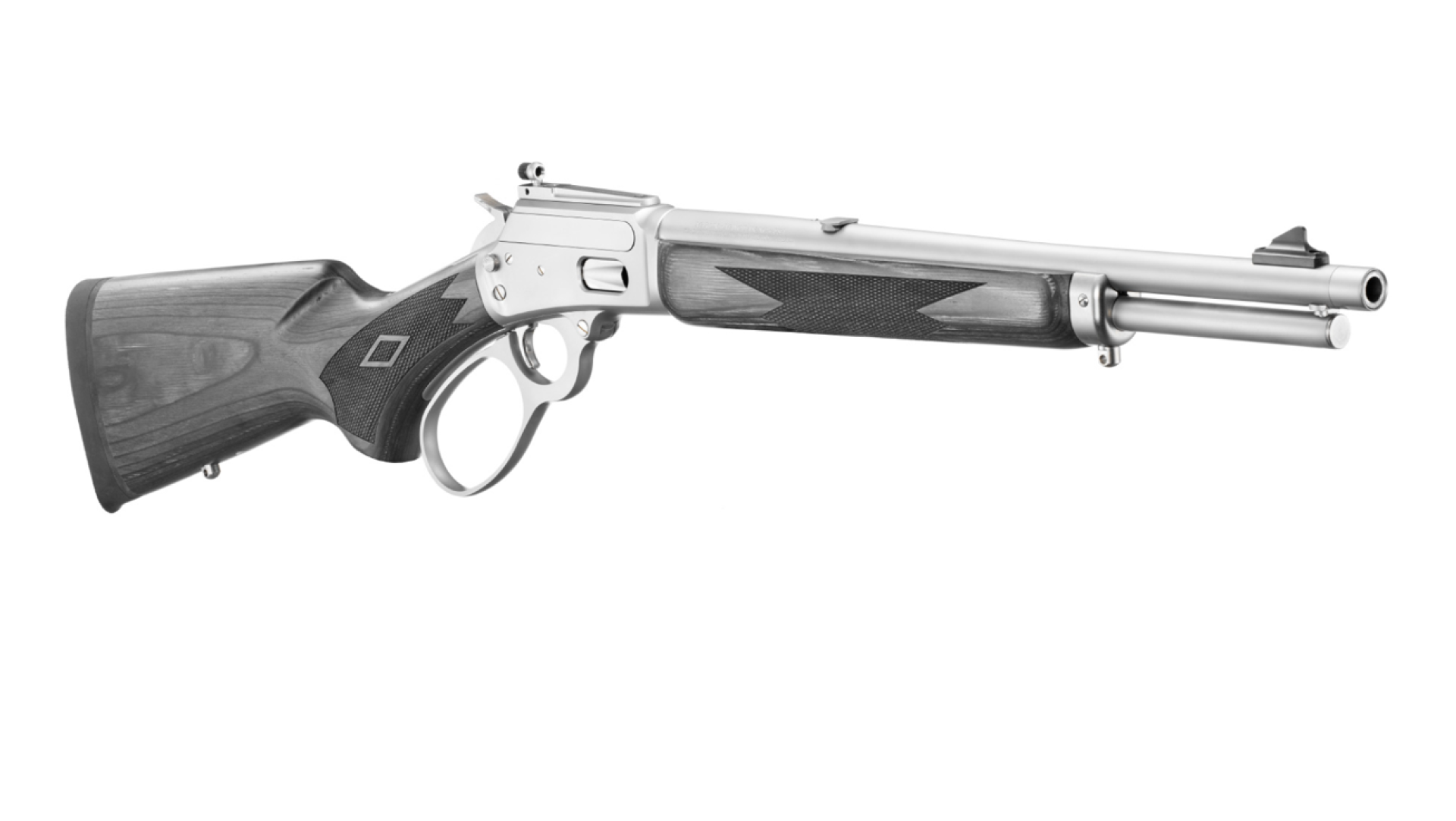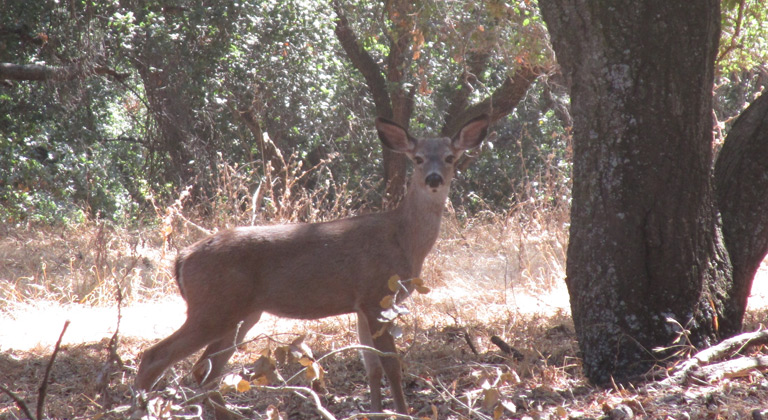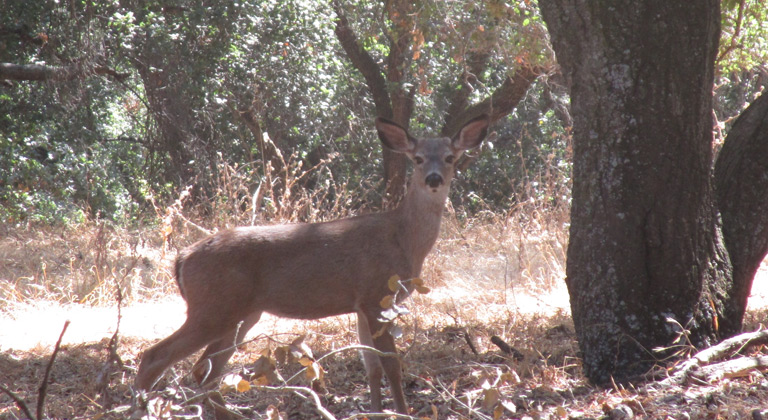
In the late 19th Century, only one major area of the United States remained not only unsettled but largely unexplored by Europeans—the desert Southwest. Native American tribes living in the region knew well what the harsh, beautiful and mysterious canyonlands held, but white men did not. John Wesley Powell wanted to be the first to find out.
A geology professor, Powell was also a Civil War veteran, a Union major who had lost most of his right arm during the battle of Shiloh. Powell’s ambition was to be the first person, along with his nine-man crew (two of whom were added at the last minute), to probe the unknown canyons of the Green and Colorado rivers by boat for a distance of 1,000 miles.
What initially began as a scientific survey ultimately became one of the most significant exploratory expeditions in the history of North America, second only to the famous Lewis and Clark Expedition of 1804-1806. Powell officially named his venture the Colorado River Exploring Expedition.
The expedition began on the early afternoon of May 24, 1869, on the Green River in southern Wyoming. The plan was to float down the Green into the northwest corner of Colorado, then continue south through Utah and eventually down the Colorado River through northern Arizona into Nevada. Other than Powell, the men were mostly professional outdoorsmen, more than capable of surviving in a dangerous wilderness, but they were totally inexperienced as boatmen.
In addition, the four long, wooden rowboats they manned, named the Emma Dean, Maid of the Canyon, Kitty Clyde’s Sister and the No Name, were heavily laden and slow to respond in whitewater, loaded down as they were with food and supplies enough for 10 months. And unbelievably, only one life jacket was packed for the river journey. It was to be worn by Powell, as it was believed he could not swim as well as the other men due to his missing arm.
Dangers other than drowning lurked along the unknown rivers, as well. For instance, if the waters became impassable—the Colorado River was rumored to possibly disappear underground—and the men had to abandon the boats and hike out to civilization, dying of starvation or a lack of water in the surrounding deserts was a very real possibility. Injury, too, could quickly take a life, as the men would be far from any professional medical care for months.
And what of the Indians they might encounter, would the tribes be friendly or hostile? Just in case it was the latter, and also to hunt, the men packed firearms and plenty of ammunition. What Powell and his men could not know at the beginning of their odyssey was that it would be the rivers themselves that would provide the greatest challenges.
In essence, the Green and Colorado rivers are a long series of steep-sided, isolated canyons with wild rivers coursing through them containing more than 500 sets of rapids—some of the most intimidating whitewater in all of North America. The churning water often dropped completely out of sight of the boatmen as they traveled downstream, a violent, gut-wrenching roar filling their ears. When they came to the head of such fearsome rapids, they would pull over and scout their next move.
They had three choices: run the rapids, use ropes to line the boats downstream from shore or portage. Running rapids was the fastest way down river and by far the most exhilarating choice, but not always the wisest. One of the four boats, the No Name, was lost early in the expedition due to just such a poor decision—the men in it barely escaped drowning. Roping through rapids was more time-consuming, but safer. Portaging the boats, gear and supplies around raging rapids was the safest choice of all, but also the most laborious.
As for portaging, imagine the men lifting and carrying heavy, 21-foot-long wooden boats up, over and around large boulders. And add to that strain the 100-degree summer temperatures at the bottom of the canyons, the unrelenting sun scorching their heads, necks, shoulders and backs as they worked, and hordes of mosquitoes swarming their faces.
It didn’t take long under such stressful conditions for intense personality conflicts to arise and begin taking their toll. At one point Powell even chose to eat his meals alone, apart from the rest of the crew, which did not help morale.
The deteriorating situation finally came to a head just two days before the end of the expedition. Not realizing how close they were to their final destination, the two brothers Oramel and Seneca Howland, along with William Dunn, decided that they had had quite enough of both Powell’s leadership style and the dangers of the river. With food running low, the trio opted to leave the expedition, climb the steep cliffs of a side canyon, and take their chances on making it back to civilization across the desert. The three men were not heard from again, their bodies never recovered. It is believed they were killed by Ute Indians.
Exactly 99 days after pushing off from shore in Wyoming, what remained of the Colorado River Exploring Expedition arrived at the mouth of the Virgin River in Utah, completing the adventure. Powell biographer William Culp Darrah describes the journey as “the last great exploration into unknown and unmapped country in the United States.”
Because Powell and his crew were the first white men to see the natural wonders and indescribable beauty of the Green and Colorado river canyons, they also had the privilege of naming the prominent features encountered. The most famous today—a mile-deep gouge in the earth with spectacularly painted walls—we still call what John Wesley Powell named it nearly 150 years ago: Grand Canyon.
For more information about John Wesley Powell and his Colorado River Exploring Expedition, a new book by author and whitewater-river guide Cecil Kuhne, River Master: John Wesley Powell’s Legendary Exploration of the Colorado River and Grand Canyon, is highly recommended.







































